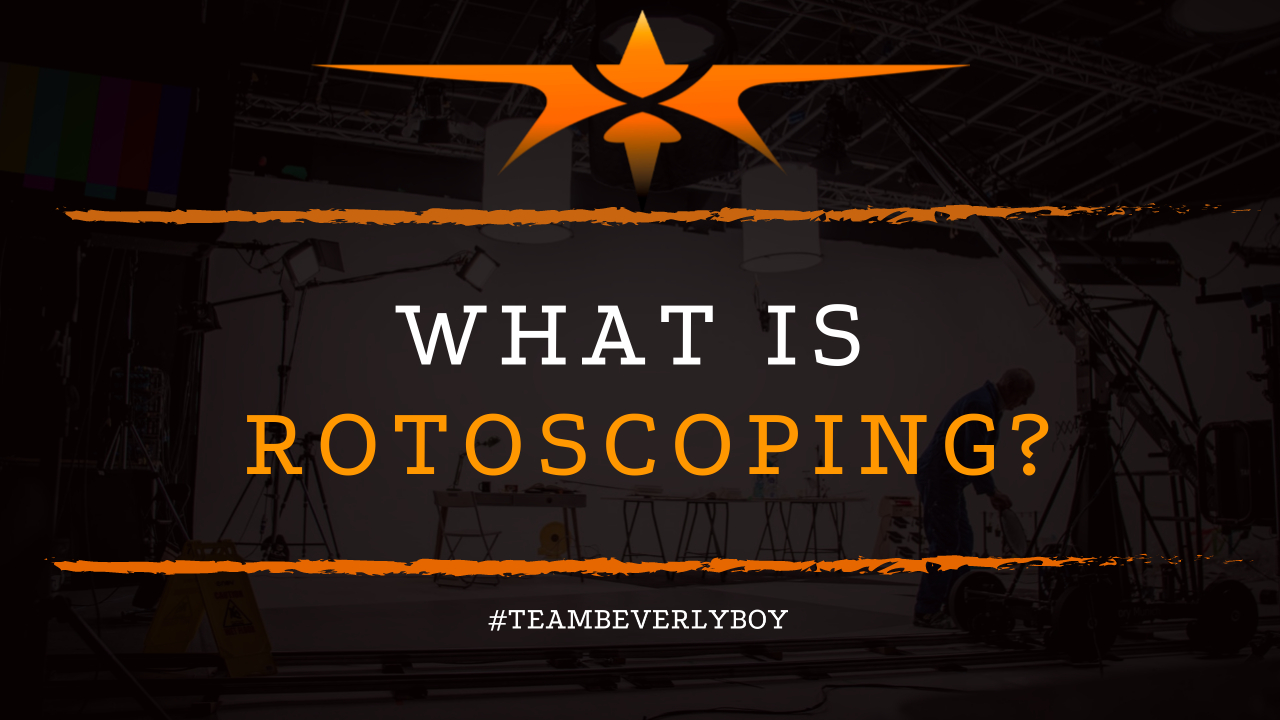
What is Rotoscoping?
Animating a film requires a lot of moving parts and working elements. Some of the most intricate animations are the result of a rotoscoping process. Also known as rotoscope animation. This technique has been around for decades. And has roots in the early days of animation effects. But what is rotoscoping exactly? And how does the technique add effects to films and videos?

What is Rotoscoping?
Rotoscoping animation is a technique that involves the use of live-action motion picture footage. Traced, frame by frame, in order to achieve the appearance of similar live-action movements in animated films.
Historically, rotoscoping required animators to project the live-action images onto a glass panel. All in order to then trace over the images.
Role in Modern Films
Modern rotoscoping is mostly handled by CGI, computer generated imagery, with the help of computer technology. Rotoscoping is not just for animation, though.
We’ve seen this form of animation technique pop up in live-action films that includes special effects in the movements that take place on the screen.
For example, Star Wars used rotoscoping in order to create the glowing light saber effect that is so incredibly famous for these films. The process was a matter of holding a matte propped up on a stick to trace over the matte and then create the effects.
Rotoscoping in Film
Many movies include rotoscoping animation as a technique used in their production. With roots dating back to before the 1900s, rotoscoping has certainly come a long way.
Early use of rotoscoping in film was common in Disney shows and movies. In fact we saw rotoscoping come alive many times in Betty Boop, Popeye, and the early showings of the original series, Superman.
The technique is also in the following films:
- Alice in Wonderland
- Cinderella
- Fantasia
- TRON
Rotoscope Animation Software
In addition to rotoscoping is a staple in many of the films we’ve all come to know and love over the years. Animation software introduced in the early 1990s made rotoscoping even more prominent in film.
Interpolated Rotoscoping
Animator Bob Sabiston introduced a process now known in the film industry as interpolated rotoscoping. This process involves achieving rotoscoping with computer software.
The software works to trace the figures, such as by using a Rotoshop “tool”. Which is similar to what would be used in Photoshop to achieve the desired trace. And then applies the same forms of movement to the desired object.
With the introduction of interpolated rotoscoping the use of rotoscope animation has become incredibly more popular. And is now frequently in use for the animation of live-action films, in addition to animated features.
Summary
So, what is rotoscoping? It’s the tracing of frame by frame movements on live action film in order to achieve the desired similar movement animations and special effects.
The process has been around for many years. And has certainly evolved into the interpolated rotoscoping that is most commonly used by computer software today.


